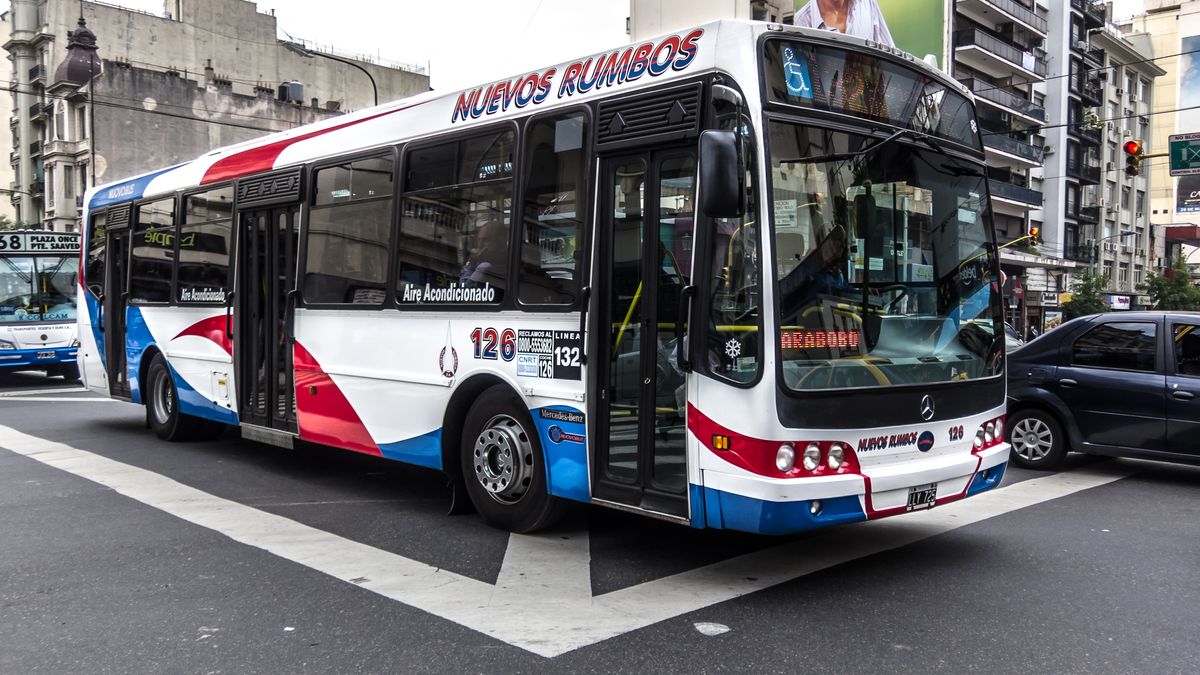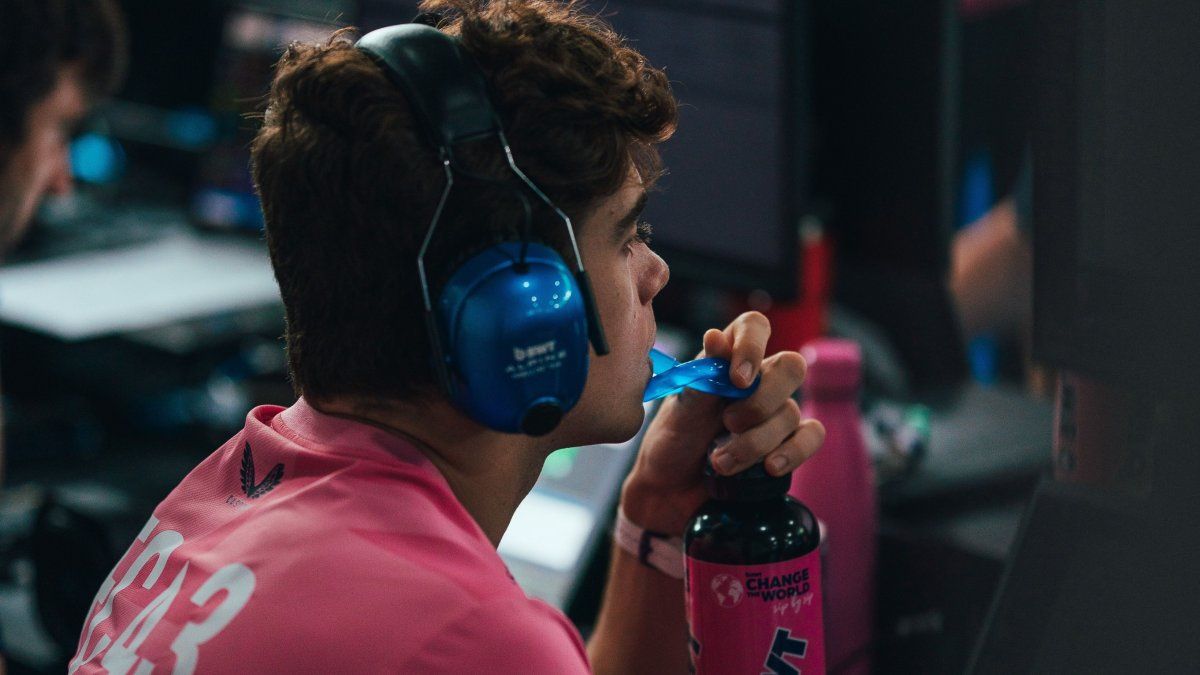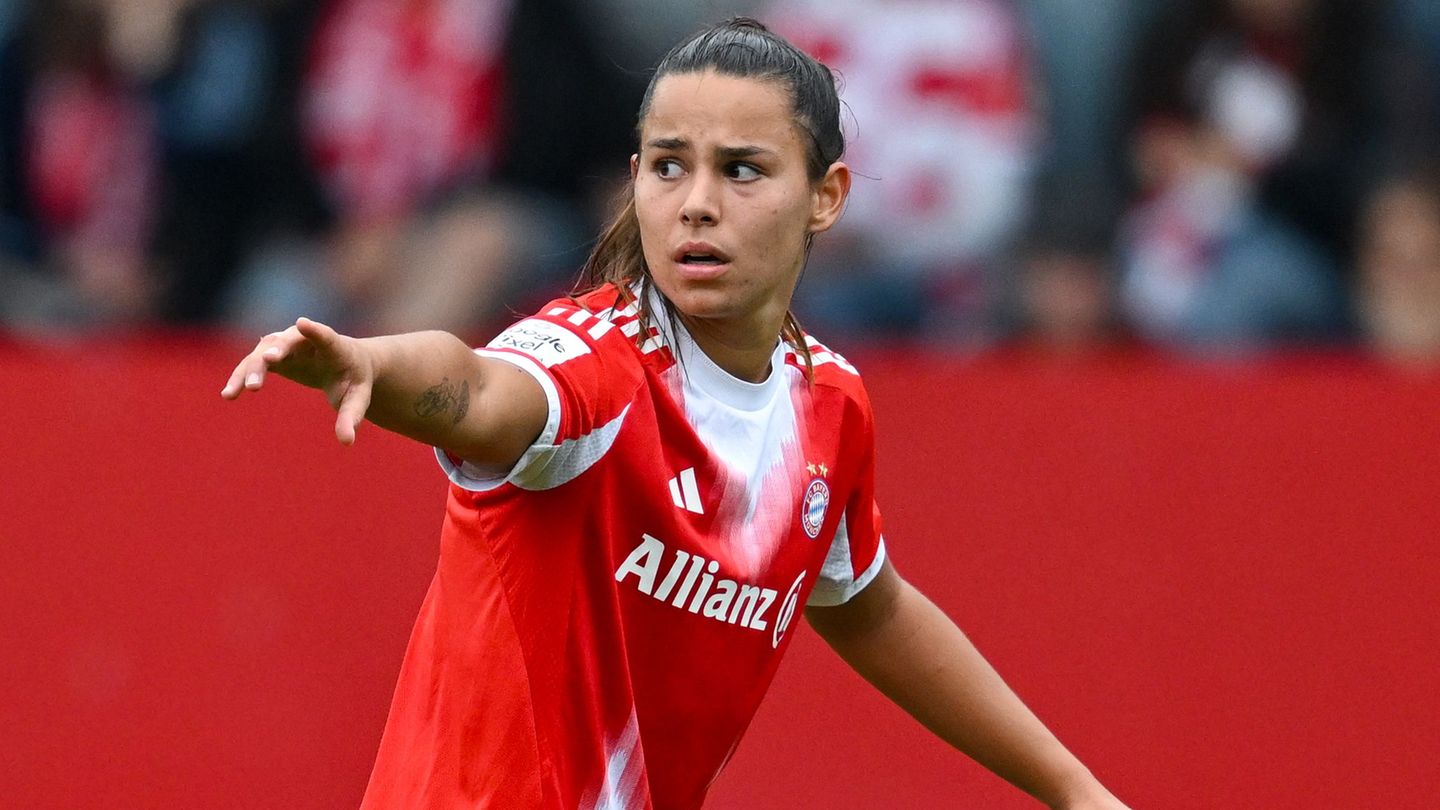Moran recalled that Law 26,740, which transferred to the City the jurisdiction and supervision of subway and bus transportation within its geographical limits, “is ten years old” and despite this, it is still the Nation that regulates all bus lines in the district.
In the city of Buenos Aires there are 135 passenger transport lines, of which 103 are inter-jurisdictional (with routes that include parts of the Buenos Aires suburbs), while the remaining 32 have origin and destination within its territory.
Those 32 lines are 4, 5, 6, 7, 12, 23, 25, 26, 34, 39, 42, 44, 47, 50, 61, 62, 64, 65, 68, 76, 84, 90, 99 , 102, 106, 107, 108, 109, 115, 118, 132 and 151. The subsidies that the national State allocates for the rates of these 32 lines represent approximately $14 billion annually.
Although from Transport it was pointed out that the axis of the discussion goes through the jurisdiction of each jurisdictionbeyond the fare issue and the consequent subsidies, in the Buenos Aires Government it was assured that what is intended is an increase in the value of the ticket and that the administration of Horacio Rodríguez Larreta be responsible for the political cost of the decision .
In this sense, the community chief of Buenos Aires will travel this week to the interior of the country to try to placate the internee with provincial governors of Together for Change regarding transport subsidies.
Rodríguez Larreta plans to travel tomorrow and the day after, to the province of Corrientes. The Governor of Corrientes, Gustavo Valdes, was publicly in a column against the distribution of funds for public transport that he considers benefits the Metropolitan Area of Buenos Aires (AMBA) that integrates the City. He also did it, the jujeño Gerard Morales.
Currently, the minimum bus ticket in the City is $18, an amount considerably lower than that in force in the rest of the country, where there are rates that triple that value.
Morán reiterated the concepts timely expressed by Minister Alexis Guerrera and Secretary Diego Giuliano and remarked that “It will be a decision of the City to increase the rates or keep them at a reasonable amount.”
In this regard, he highlighted that the province of Buenos Aires provides 91% of the subsidies for collective rates, but insisted that competition exceeds the rate issue and covers other kinds of controls. “The Ministry cannot decide where the city’s bus lines go or where the stops have to be,” the official exemplified.
In the framework of this debate, a report by the consulting firm Politikon Chaco specified that the Metropolitan Area of Buenos Aires (AMBA), made up of the autonomous city and the suburban parties, received in 2021 $96,215.2 million in subsidies for the public passenger transport.
This amount represents 77.9% of the total and more than triples the resources that were transferred to the rest of the country in the same period. The difference is even greater if the allocation of resources per capita by region is taken, since the AMBA received $6,599.7 against a national average of $2,695.
However, this average is influenced by transfers to CABA and the suburbs, to the point that if they were excluded from the calculation “in no other region does the per capita measurement exceed $1,200 per person,” said the entity led by Alejandro Pegoraro.
That is to say, the relationship between what the AMBA receives per inhabitant and the rest of the country is more than 5 to 1 and increases to 10 to 1 if the comparison is made with the NEA ($674.7 per inhabitant) and Patagonia ($612.6), according to the entity’s analysis based on information from the Ministry of Transportation.
With provisional data from December, in 2021, $123,482.2 million in subsidies were distributed to public passenger transport throughout the country. “However, as is currently being debated, there is a high concentration of these resources only in the AMBA, a jurisdiction that concentrated 77.9% of that total during the year, equivalent to the sum of $96,215.2 million “, indicated Politikon Chaco.
Consequently, to the rest of the country (including the interior of Buenos Aires), “only $27,266.9 million were allocated,” he added.
Behind the 77.9% of subsidies directed to the metropolitan area was Córdoba, with only 3.8% in second place ($ 4,715 million, twenty times less than the AMBA). Then came Santa Fe (3.2%), Mendoza (2.2%), Tucumán (2%) and the rest of the province of Buenos Aires (1.6%).
Salta, Jujuy and San Juan appeared with 1.1% each, followed by Misiones with 1%, Entre Ríos (0.8%), Corrientes and Santiago del Estero (0.6% in each case). Chaco and Neuquén accounted for 0.5%, followed by Chubut (0.4%), Río Negro, San Luis and Catamarca (0.3% each), La Rioja and La Pampa (0.1%), while Tierra del Fuego and Santa Cruz had practically no subsidies.
Source: Ambito
David William is a talented author who has made a name for himself in the world of writing. He is a professional author who writes on a wide range of topics, from general interest to opinion news. David is currently working as a writer at 24 hours worlds where he brings his unique perspective and in-depth research to his articles, making them both informative and engaging.




